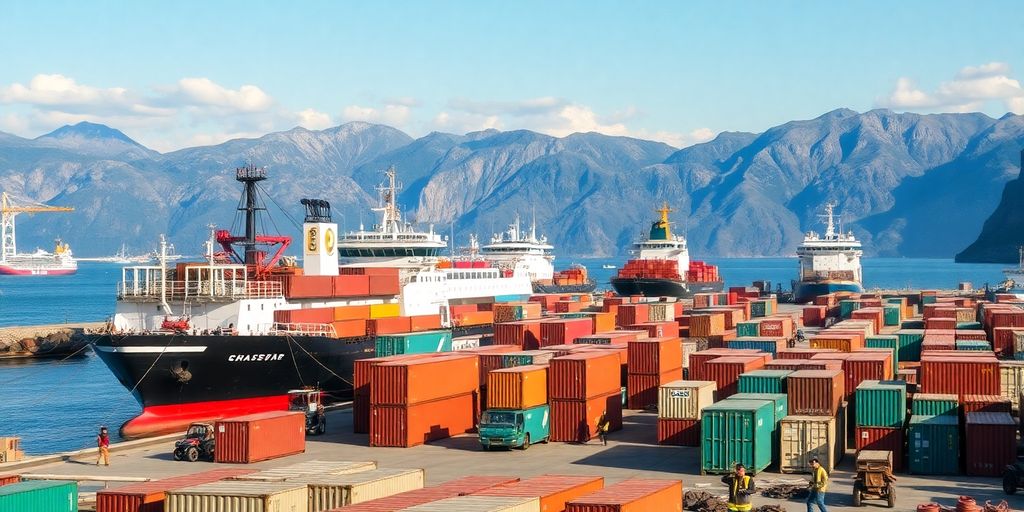Montenegro’s trade deficit has continued to widen, reaching EUR 269.3 million in February 2025, a significant increase from EUR 244.4 million in the same month last year. This trend reflects ongoing economic challenges as exports decline sharply while imports rise.
Key Takeaways
- Trade deficit in February 2025: EUR 269.3 million
- Year-on-year export decline: 13.2% to EUR 53.6 million
- Import increase: 5.5% to EUR 322.9 million
- Cumulative trade deficit for January-February 2025: EUR 563.3 million
Overview of Trade Deficit Trends
The widening trade deficit in Montenegro is a cause for concern among economists and policymakers. The latest figures indicate a 9.2% increase in the trade deficit for the first two months of 2025 compared to the same period in 2024. This trend is primarily driven by a significant drop in exports and a steady rise in imports.
Decline in Exports
Exports from Montenegro have faced a steep decline, dropping by 10.3% in the first two months of 2025 compared to the previous year. Key sectors contributing to this decline include:
- Manufactured Goods: Down by 56.1%
- Machinery and Transport Equipment: Down by 49%
- Beverages and Tobacco: Down by 48.2%
This downturn in exports raises concerns about the competitiveness of Montenegrin products in international markets and highlights the need for strategic interventions to boost local industries.
Rising Imports
In contrast, imports have shown a steady increase, rising by 5.3% to EUR 563.3 million in the same period. The main drivers of this increase include:
- Animal Oils and Fats: Up by 20%
- Mineral Fuels, Lubricants, and Related Materials: Up by 16.9%
- Beverages and Tobacco: Up by 12.7%
The rise in imports, particularly in essential goods, indicates a growing dependency on foreign products, which could further exacerbate the trade deficit if not addressed.
Economic Implications
The persistent widening of the trade deficit poses several economic challenges for Montenegro:
- Currency Pressure: A growing trade deficit can lead to depreciation of the national currency, affecting inflation and purchasing power.
- Investment Concerns: Investors may view a widening trade deficit as a sign of economic instability, potentially deterring foreign investment.
- Policy Adjustments: The government may need to implement policies aimed at boosting exports and reducing reliance on imports to stabilize the economy.
Conclusion
Montenegro’s trade deficit continues to widen, reflecting deeper economic issues that require urgent attention. With exports declining and imports rising, the government faces the challenge of fostering a more balanced trade environment. Strategic measures to enhance local production and competitiveness will be crucial in addressing these economic hurdles.






